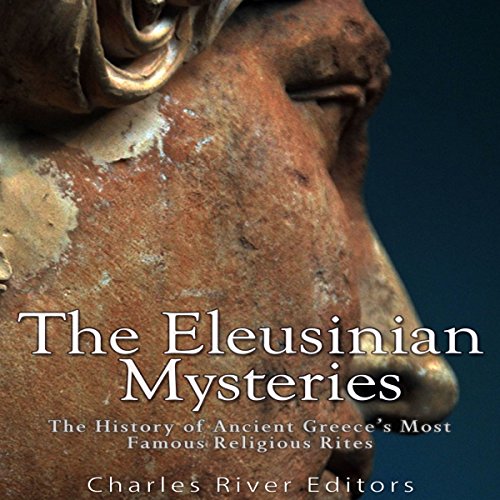The Most Important Capitals of Ancient Egypt: The History of Memphis, Thebes, and Alexandria
ISBN: 9781536812473
*Includes pictures
*Includes archaeological facts about the sites and descriptions of them
*Includes online resources and a bibliography for further reading
*Includes a table of contents
Africa may have given rise to the first humans, and Egypt probably gave rise to the first great civilizations, which continue to fascinate modern societies across the globe nearly 5,000 years later. From the Library and Lighthouse of Alexandria to the Great Pyramid at Giza, the Ancient Egyptians produced several wonders of the world, revolutionized architecture and construction, created some of the world’s first systems of mathematics and medicine, and established language and art that spread across the known world. With world-famous leaders like King Tut and Cleopatra, it’s no wonder that today’s world has so many Egyptologists.
Thus, it is somewhat ironic that over time, people have managed to retain hardly any information about Memphis, the Ancient Egyptian capital in which the pharaohs responsible for the Great Pyramids resided and ruled. At some point, even the precise location of Memphis came to be forgotten, and the city was believed lost to the annals of time. Archaeological David Jefferys, not to be dissuaded, has continued to insist that Memphis is not a “lost” city but simply a city that has been temporarily misplaced. To this day, teams of archaeologists continue to sift through the Egyptian sands in the hopes that they will at last unearth the walls of the elusive city. In the meantime, an examination of the scant historical record read in close conjunction with the archaeological record does allow a glimpse into what one of Egypt’s most important cities was like.
*Includes archaeological facts about the sites and descriptions of them
*Includes online resources and a bibliography for further reading
*Includes a table of contents
Africa may have given rise to the first humans, and Egypt probably gave rise to the first great civilizations, which continue to fascinate modern societies across the globe nearly 5,000 years later. From the Library and Lighthouse of Alexandria to the Great Pyramid at Giza, the Ancient Egyptians produced several wonders of the world, revolutionized architecture and construction, created some of the world’s first systems of mathematics and medicine, and established language and art that spread across the known world. With world-famous leaders like King Tut and Cleopatra, it’s no wonder that today’s world has so many Egyptologists.
Thus, it is somewhat ironic that over time, people have managed to retain hardly any information about Memphis, the Ancient Egyptian capital in which the pharaohs responsible for the Great Pyramids resided and ruled. At some point, even the precise location of Memphis came to be forgotten, and the city was believed lost to the annals of time. Archaeological David Jefferys, not to be dissuaded, has continued to insist that Memphis is not a “lost” city but simply a city that has been temporarily misplaced. To this day, teams of archaeologists continue to sift through the Egyptian sands in the hopes that they will at last unearth the walls of the elusive city. In the meantime, an examination of the scant historical record read in close conjunction with the archaeological record does allow a glimpse into what one of Egypt’s most important cities was like.













